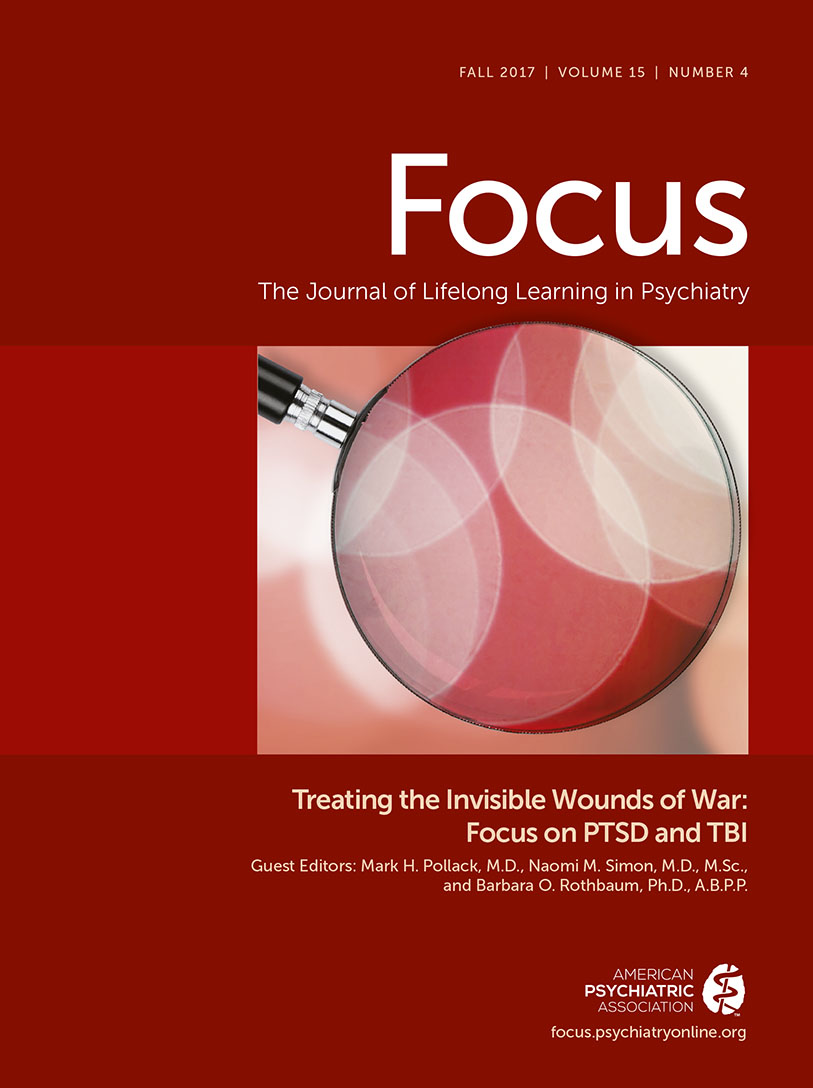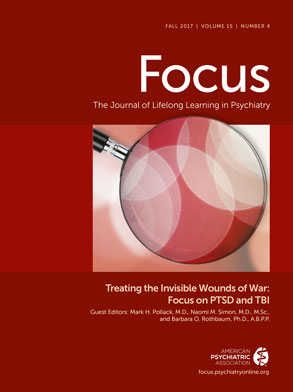Contemporary psychiatric diagnosis is an obsessive’s delight. Akin to the 10 blind men examining the elephant, at best today’s clinicians identify disparate pieces of human puzzles. Diagnostic systems relying on surface features have been dominated by “splitters,” so that starting from 102 broad diagnostic mental disorder categories in the first
DSM (1952), we’ve mushroomed to 265 (not counting modifiers) in
DSM-5 (2013). Furthermore, notwithstanding this array of increasingly discriminating choices, many patients qualify for more than one
DSM diagnosis. In a large study using the Structured Clinical Interview for
DSM-IV, 36% of psychiatric outpatients obtained three or more psychiatric diagnoses (
1), underscoring shortcomings of top-down categorization. People coping poorly have needs that are simply too complex to be easily pigeonholed via
DSM. Clearly, in addition to
DSM diagnoses, patients’ treatments and outcomes depend on many additional patient-centered factors such as temperament, emotional intelligence, attachment style, motivation, and other features that do not easily fall within
DSM systems (
2).
Furthermore, despite attempts to improve the processes by which diagnostic criteria are accepted into the DSM, problems with reliability and validity remain. Its significant limitations have caused several groups of scholars to consider the DSM to be so flawed as to require total overhaul rather than mere tinkering. Several disruptive proposals essentially blow up contemporary DSM schemes and advocate renewal along entirely different grounds. Two bear mention.
The National Institute of Mental Health’s Research Domain Criteria (RDoCs) proposes starting from basic biological systems and networks, currently focusing on several dominant domains and associated constructs comprising systems for negative affectivity, positive affectivity, cognition, social processes, and arousal/regulation (
3). Although no specific diagnostic systems have yet emerged from these efforts, clinically useful implications might be gleaned (
4). Another evolving system, HiTOP (Hierarchical Taxonomy of Psychopathology), is based on quantitative analytic techniques that attempt to identify phenomenological commonalities among disorders (
5). HiTOP’s originators and advocates include a number of scholars heavily involved in the development of
DSM-5. The system focuses on identifying overriding “spectra,” each encompassing varieties of co-occurring disorders. Spectra identified in this system currently include internalizing, externalizing (disinhibited and antagonistic types), thought disorder, somatoform, and detachment. Under each of these are groups are subfactors, which in turn subsume syndromes and disorders. To illustrate, subfactors that currently fall under the internalizing spectrum include sexual problems, eating pathology, fear, distresss, and mania; in turn, under these fall the broad array of mood, anxiety, eating, and sexual and related disorders. Both still works in progress, RDoCs and HiTOP might intersect at some future point to provide frameworks for bridging phenomenological-biological gaps. Or other systems might be proposed and tested.
Where does all this leave today’s clinician? Despite all its limitations, the
DSM system serves several inescapably important interventional, descriptive, and administrative functions (
6), assisting practical means of communication for clinicians, researchers, and epidemiologists and, notably, serving billing and insurance purposes. While new systems are being developed and constructed, clinicians will continue to closely rely on the
DSM. But, to supplement the
DSM for broader diagnostic considerations and in formulating treatment plans, practitioners should be prepared to explore these new diagnostic conceptualizations and think outside of conservative categorical boxes. Clinicians and patients need diagnostic wiggle room.

